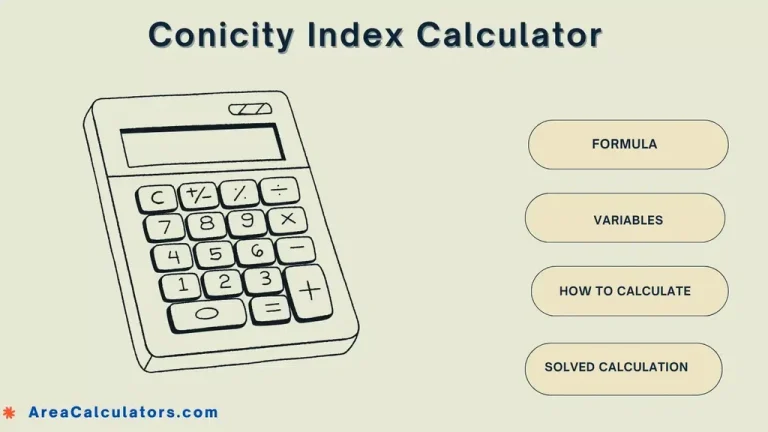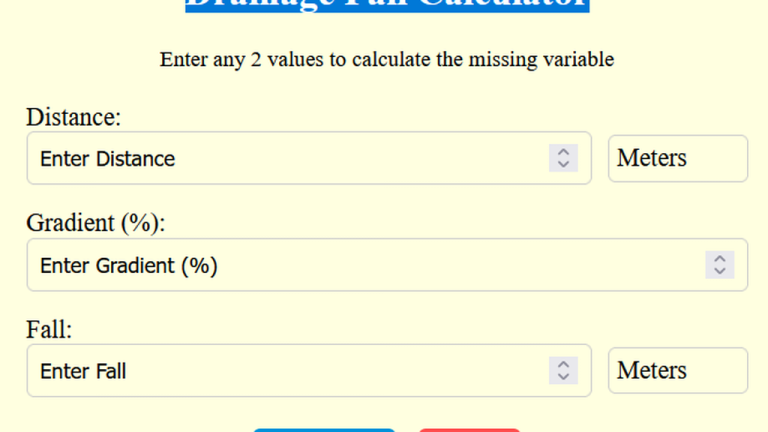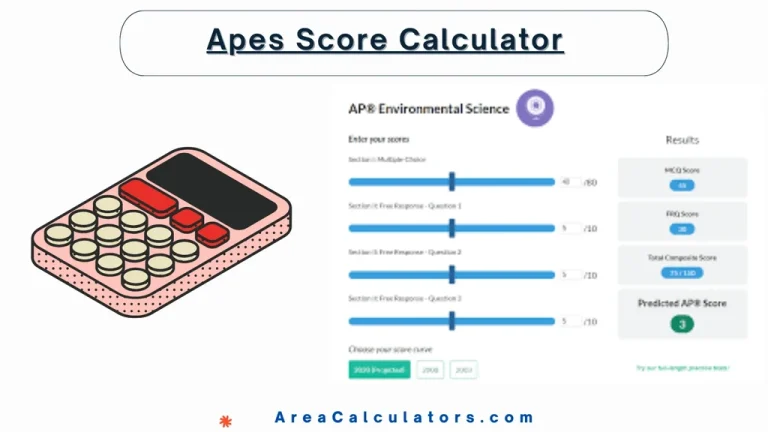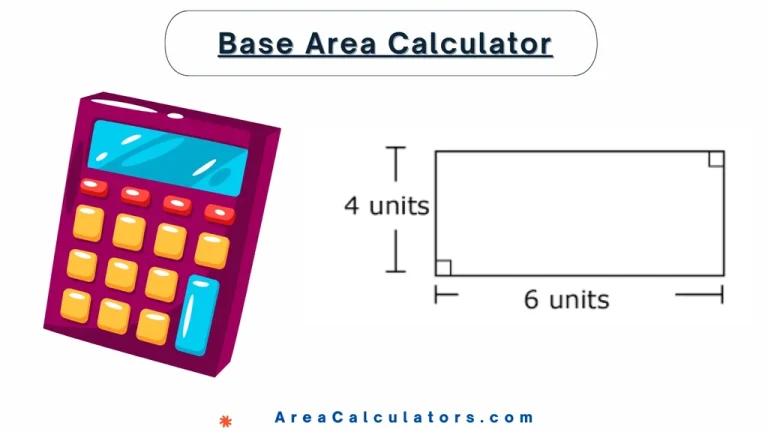153 Days From Today
To find the date 153 days from today, simply add 153 days to the current date. Adjust for weekends or holidays if calculating business days.
To find the date 153 days from today, simply add 153 days to the current date. Adjust for weekends or holidays if calculating business days.
The 153 Days From Today Calculator is an efficient tool for forecasting the exact date 153 days into the future. This calculator is particularly beneficial for planning significant events, setting deadlines, or keeping track of long-term projects. With its precise and user-friendly design, the tool ensures quick and accurate results, saving time and effort.
No formula required; add 153 days to the current date.
| Variable | Description |
|---|---|
| Current Date | The starting date |
| Days to Add | Number of days to calculate forward |
| Final Date | Resulting date after addition |
Example 1:
| Step | Value |
|---|---|
| Current Date | November 20, 2024 |
| Days to Add | 153 |
| Resulting Date | April 22, 2025 |
Example 2:
| Step | Value |
|---|---|
| Current Date | December 1, 2024 |
| Days to Add | 153 |
| Resulting Date | May 3, 2025 |
The 153 Days From Today Calculator is a really reliable tool. It is used to determine the exact date 153 days from the current day. It is ideal for planning long-term projects, setting reminders, or scheduling events far into the future. The calculator simplifies the task of calculating dates, whether you’re looking for a specific calendar day or counting business days.
This tool is particularly beneficial for answering questions like, “What date will it be 153 days from today?” or “How many weeks are in 153 days?” With just a few inputs, it delivers precise results, saving time and ensuring accuracy for both personal and professional needs.
Final Words:
To summarize, the 153 Days From Today Calculator is a dependable and efficient solution for future date calculations. Its user-friendly design makes it an indispensable resource for accurate planning and scheduling.

Input the values to calculate with our basic and advanced Conicity Index Calculator ! The Conicity Index Calculator is a tool used to assess body shape and composition based on waist circumference and body weight. It’s commonly employed in health and fitness fields to evaluate the risk of certain health conditions and monitor changes in…

Multiply the gradient by the pipe length and divide by 100 to determine the drainage fall. The Drainage Fall Calculator helps determine the vertical fall required for proper drainage over a specified pipe length. It ensures water flows effectively by calculating the necessary slope, adhering to minimum and maximum drainage slope standards. This tool is…
To calculate the down payment (DP) and monthly installment (MI) based on the 20/4/10 rule, multiply the car price (CP) by 0.20 for the down payment, and divide the monthly car payment (MC) by 0.10 for the installment. The 20/4/10 Rule Calculator plays a role in finding how much you can afford when buying a…

To calculate app valuation, multiply the app’s revenue by its profitability, then divide the result by the product of the interest rate and time period. An App Valuation Calculator helps estimate the value of a mobile application by considering its revenue, profits, and growth over time. This tool is especially useful for app developers, investors,…
To calculate Foot-Pounds of Energy (FPE), multiply the square of the pellet velocity (V2V^2) by the pellet weight (WW) in grains. Divide the result by the constant 450240. This calculation determines the energy delivered by a pellet or bullet at a given velocity. The FPE Calculator is a critical tool for airgun enthusiasts, hunters, and…

To calculate the base area of a circular object, divide the diameter (D) by 2 to get the radius, square the result, and then multiply by Pi (π) to get the area. The Base Area Calculator is a tool that helps find the base area of a cylinder. Let’s explore the formula, learn about the…